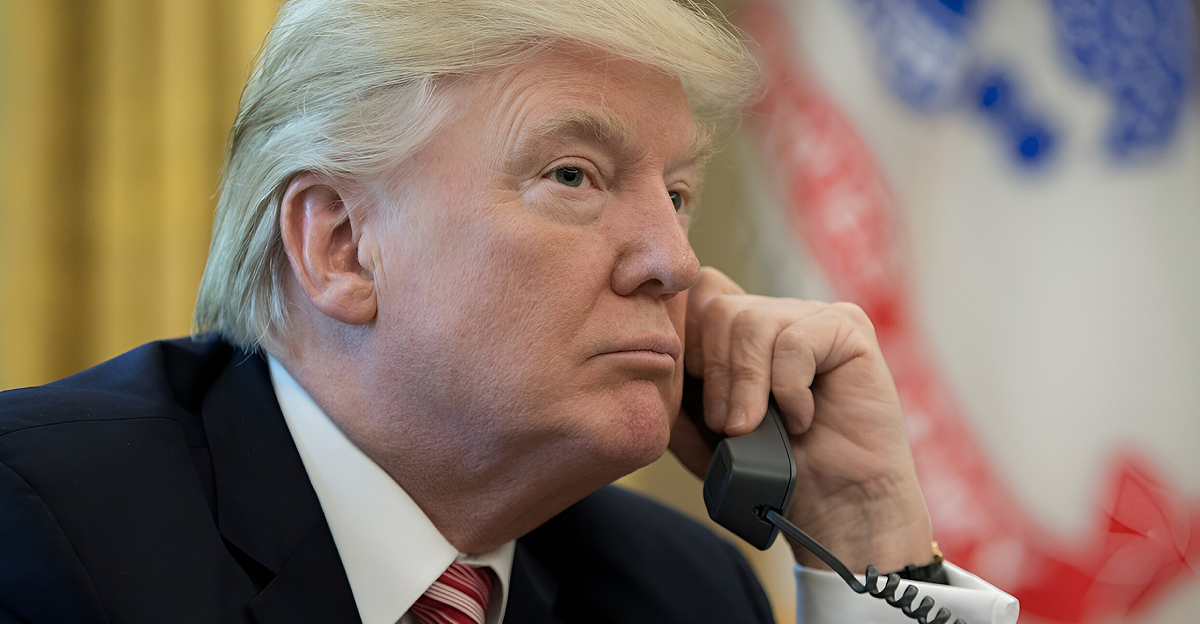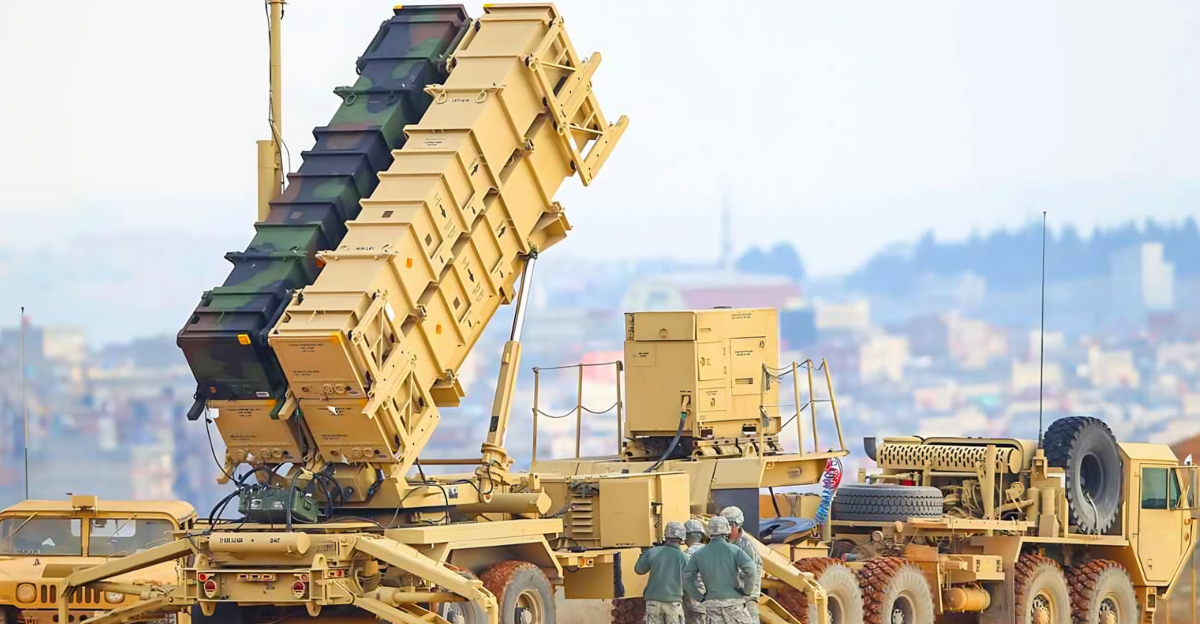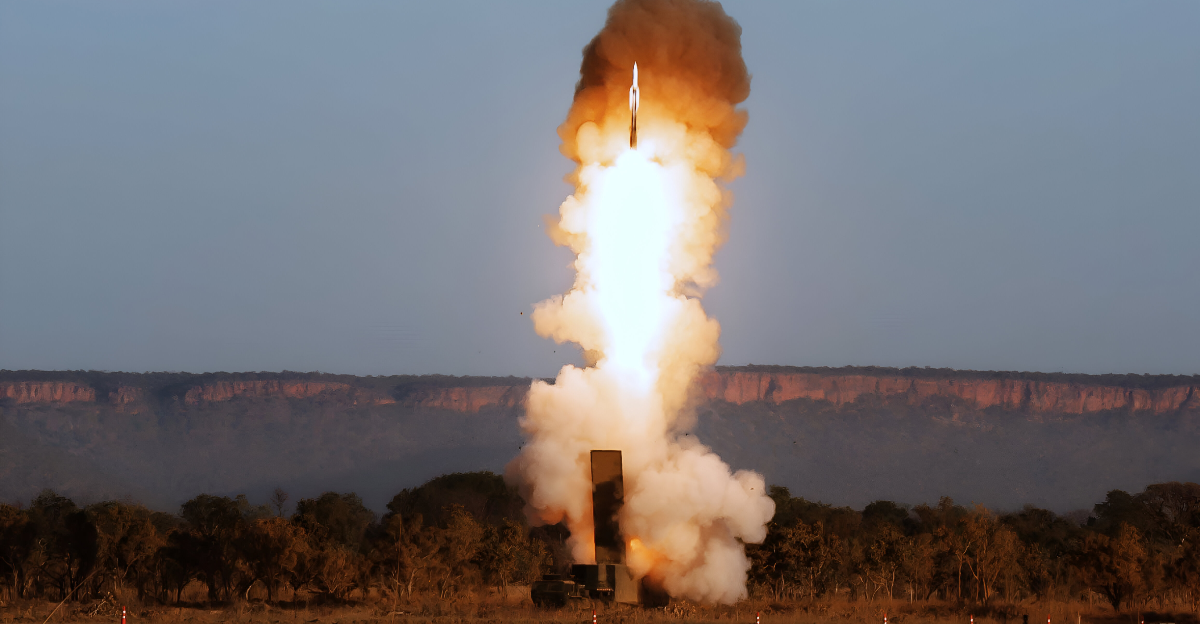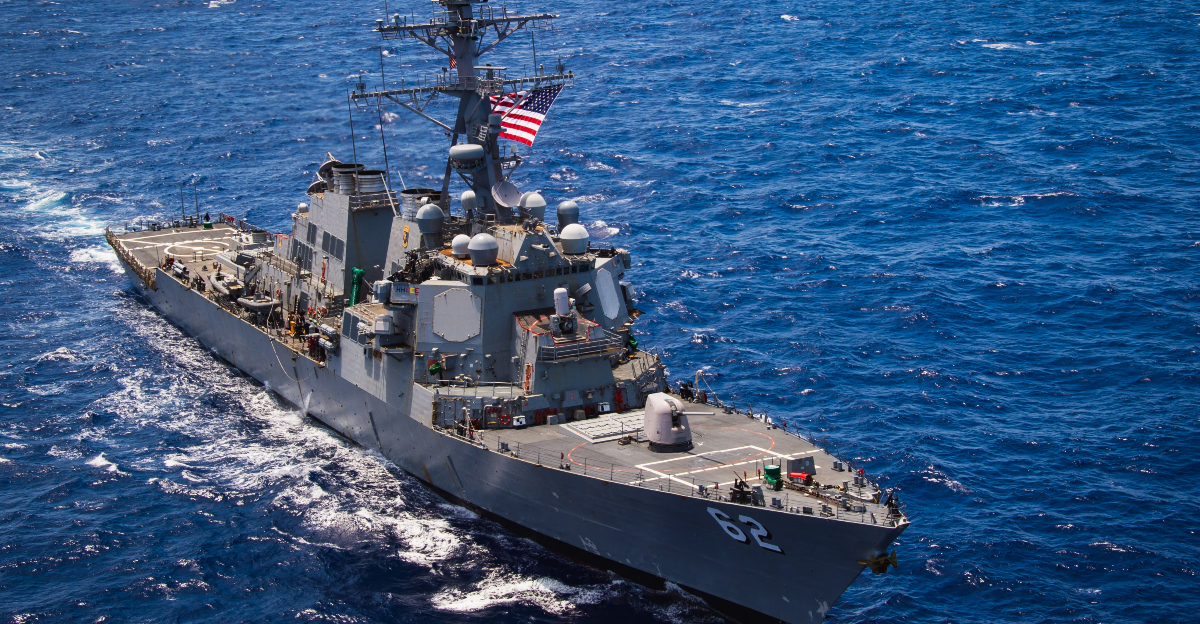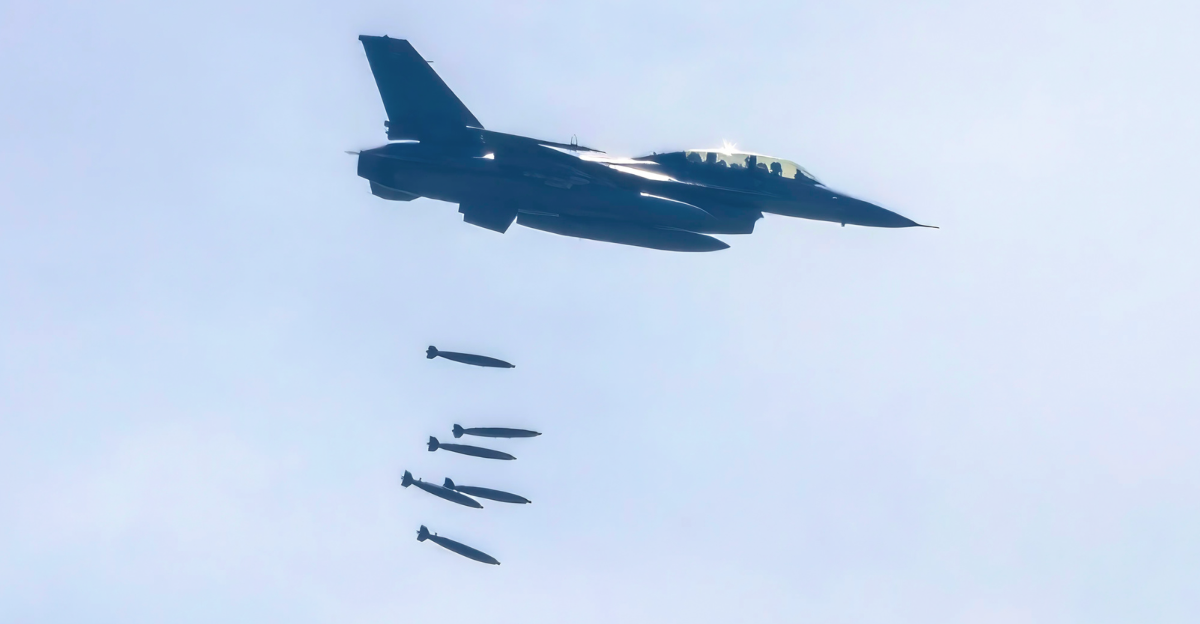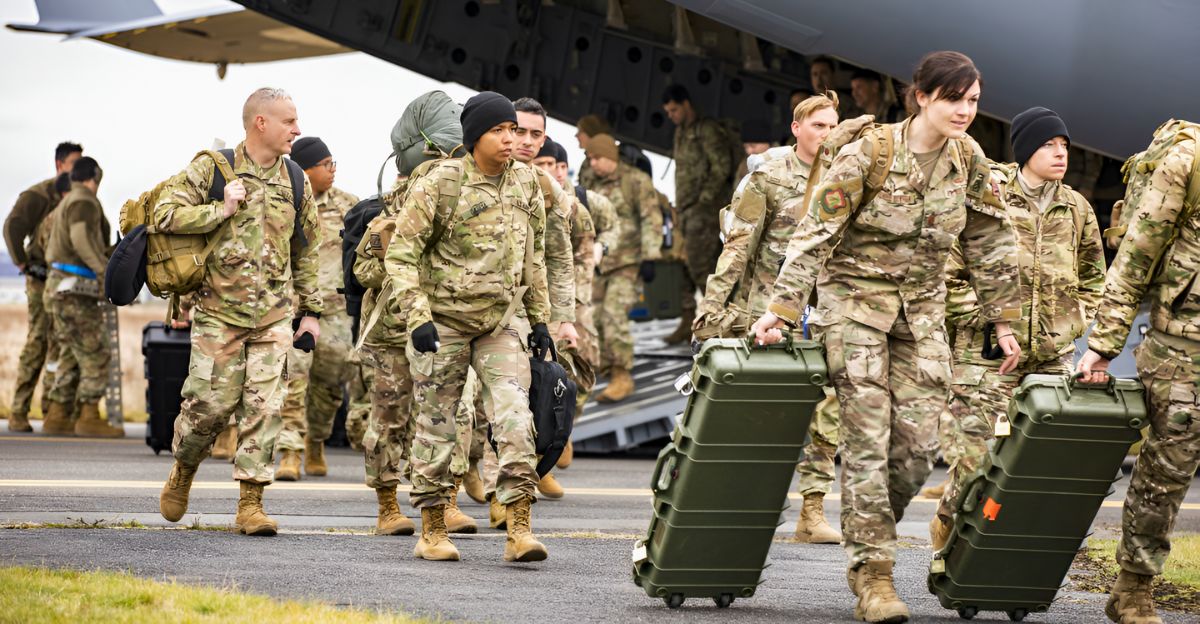
For decades, Europe has shouldered a much smaller share of NATO’s costs than the U.S. In 2024, NATO countries (excluding the U.S.) devoted only about 2.61% of their combined GDP to defence – whereas the U.S. alone was around 3.4%. Barely two-thirds of allies (22 of 32) even met NATO’s 2% target.
U.S. officials have long complained Europe was “free-riding” on American security. President Trump summed it up bluntly: Europe had been “paying almost 100% of the cost” of its security. The question now: how much longer can Europe lean on America’s umbrella?
Trump Pressure
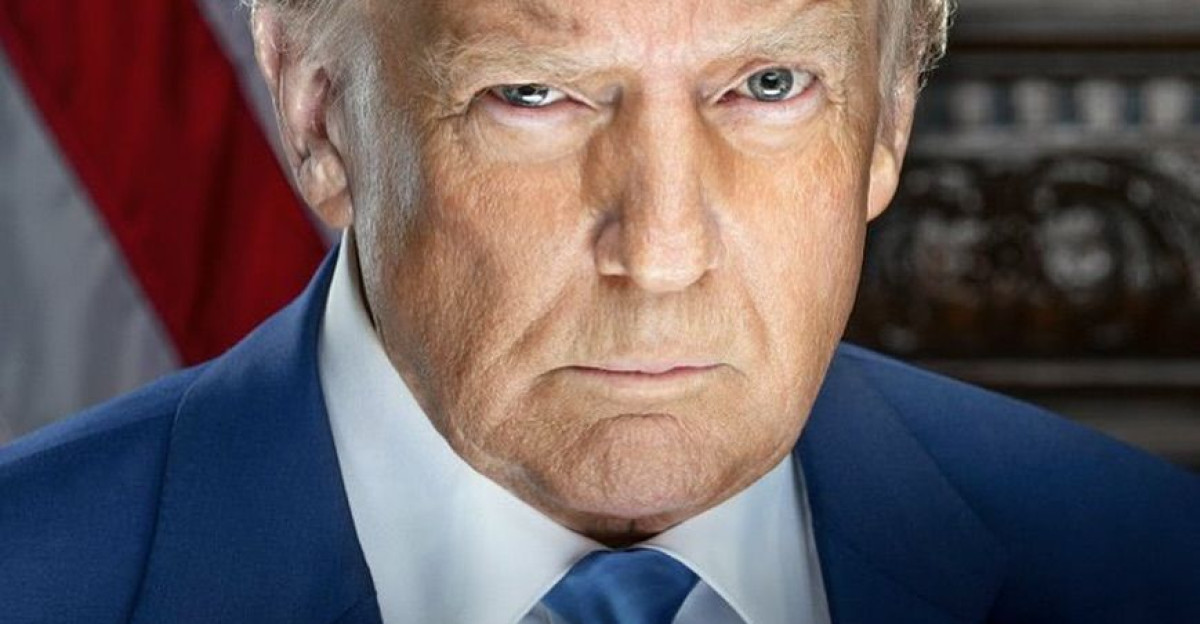
At NATO’s June summit in The Hague, U.S. pressure paid off. Leaders agreed to boost the old 2% defence spending goal to 5% of GDP by 2035, splitting it into a 3.5% core target (troops and weapons) and a 1.5% “resilience” target (infrastructure, cyber, etc.). Most allies portrayed the leap as the price of keeping Washington engaged.
President Trump boasted of a “great victory” for his hard line and pressed allies to buy U.S.-made arms. Even traditionally reticent leaders hailed the agreement – it showed NATO was no longer a bargain if Europe didn’t pay up.
Long Reliance
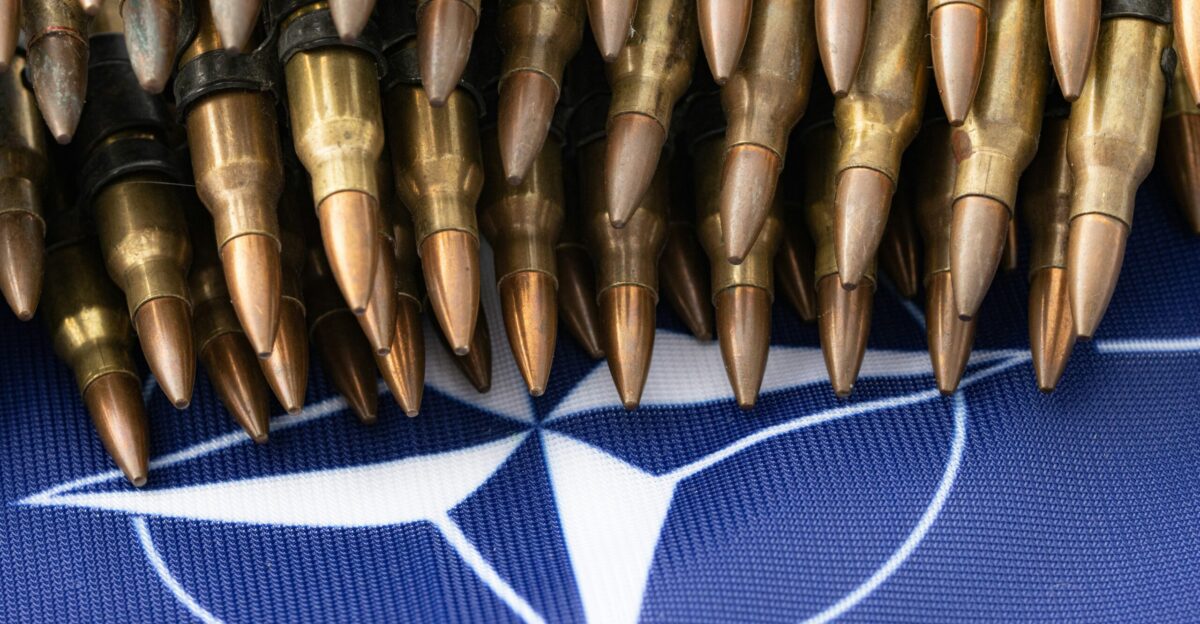
The contours of today’s debate go back to NATO’s 1949 founding. Throughout the Cold War, Western Europe largely rested under the U.S. nuclear umbrella, cutting its own forces after 1990’s “peace dividend.” Only Russia’s 2022 invasion of Ukraine has finally jolted spending upward. But analysts say Europe grew habituated to U.S. leadership: its air- and missile-defences, logistics and intelligence capabilities still lag behind.
The Hague pledge forces a reckoning with seven decades of strategic outsourcing. Can Europe really break a 75-year habit of relying on American protection?
SlideFunding Gap
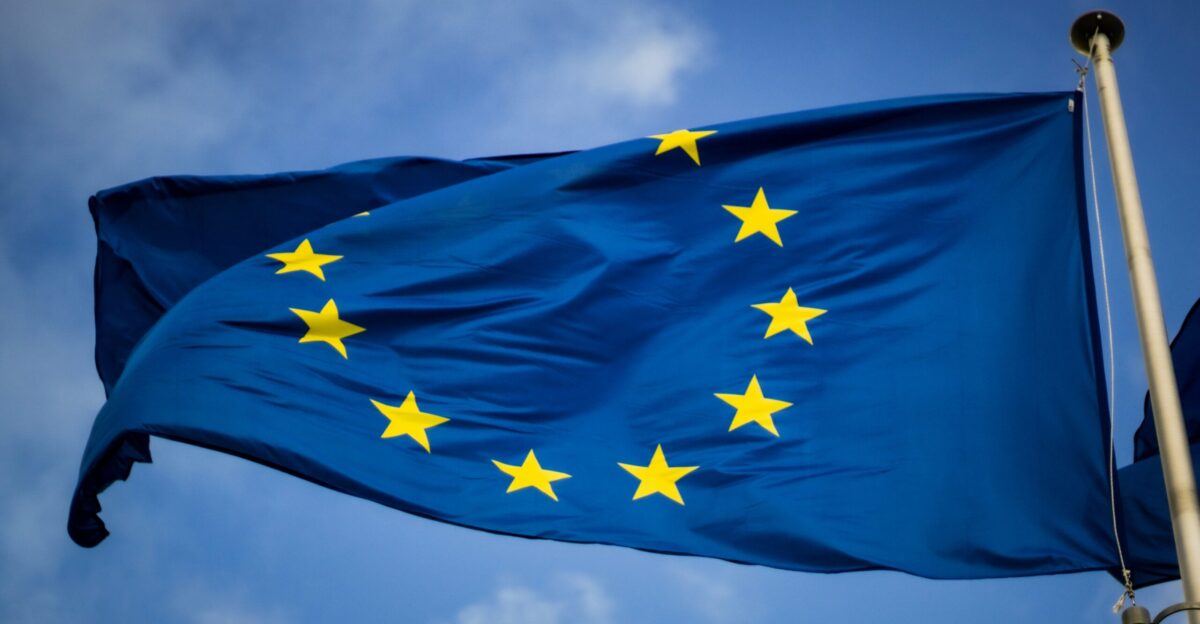
In Brussels, policymakers scrambled to patch capability holes. The EU launched a new Security and Defence Fund – a €150 billion loan facility (SAFE) to co-finance joint arms purchases. EU states have already bumped outlays by over 30% since 2021, reaching roughly €326 billion in 2024. Yet officials warn stockpiles remain thin after decades of underinvestment. The very scale of SAFE underscores that Europe must now pay for kit the U.S. long supplied.
Crucially, the €150B is future spending, not reimbursement for past U.S. protection – there is no “€150B free ride” cheque going to Washington.
Merz Speaks

The pivotal moment came 18 July in a London press conference. Chancellor Merz told the BBC, “We know we have to do more on our own and we have been free-riders in the past… they’re asking us to do more and we are doing more.” His candour echoed complaints Washington has voiced since Trump’s first term, and marked a rhetorical break from Berlin’s tradition of caution.
By admitting Europe’s past laxity, Merz dialled up pressure on other leaders already scrambling to meet the new target and SAFE’s conditions.
German Pivot

In concrete terms, Berlin is trying to match its words with money. Germany’s defence minister projects spending will jump from about €95 billion in 2025 to roughly €162 billion by 2029 – roughly 3.5% of GDP by then. This surge relies on suspending Germany’s strict debt brake and using SAFE loans to fund missile defences, drones and long-range fires.
Germany has already dispatched three Patriot systems to Ukraine and is eyeing U.S. Typhon launchers as a stopgap.
Baltic Frontline

On NATO’s eastern flank, small states applaud Berlin’s pivot but remain wary. Estonia, for example, has doubled its defence budget since 2022 – spending about 3.2% of GDP in 2024 (triple its 2014 level). Yet even now Russian artillery outguns Baltic stockpiles by a wide margin. Local officials say they “can’t wait for others,” pushing urgently for more shells and air-defence to reach the front.
Average citizens feel the threat acutely: for a Latvian villager 30 km from the border, Merz’s words weren’t abstract – “the free-ride era feels over,” he says, “when you can see the flash of artillery on the horizon.”
SAFE Lifeline
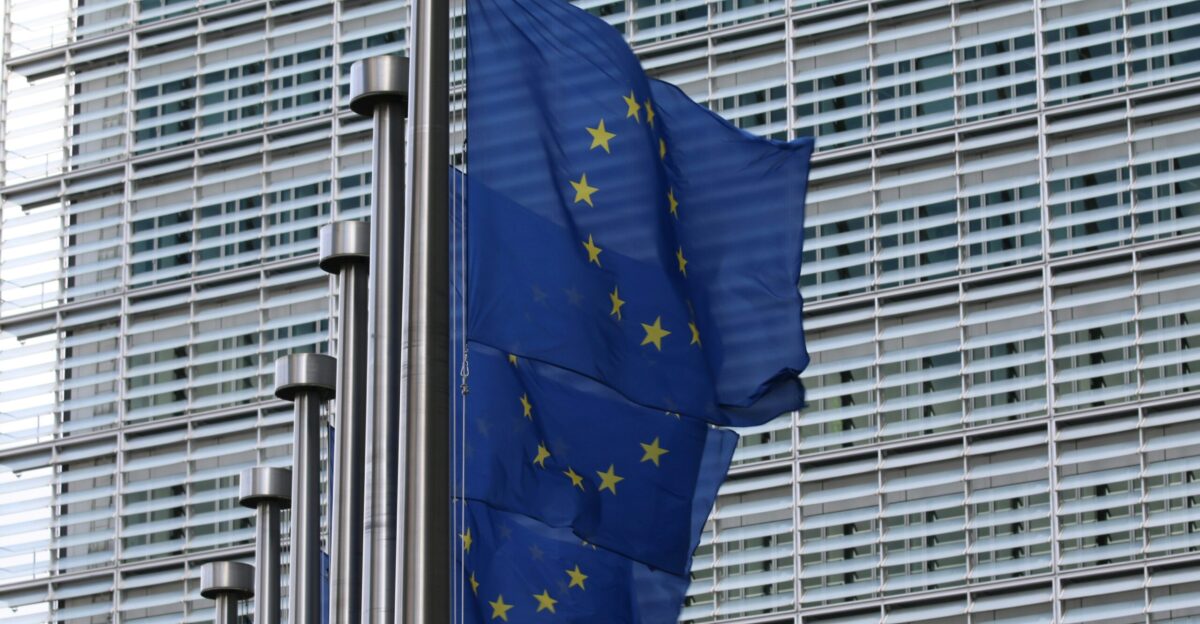
Industry is mobilizing around SAFE. EU envoys insist any project use at least 65% EU or allied content, channeling billions toward companies like Germany’s Rheinmetall and France’s Thales. Even Britain – now signed into a UK-EU Security & Defence Partnership – eyes the €150 billion pot through BAE Systems.
Critics warn that tight “buy European” rules might slow armament, but Brussels counters that pooled procurement will cut duplication and achieve economies of scale.
Suppliers Scramble

European rearmament has become big business – even for U.S. arms firms. At June’s Paris Airshow, Raytheon announced plans to co-produce Stinger anti-aircraft missiles in Europe, and U.S. drone-maker Anduril struck a partnership with Rheinmetall on unmanned systems. A delegation of U.S. senators hailed such transatlantic tech ties as a “force multiplier.”
Analysts estimate Europe’s buildup could translate into hundreds of billions of dollars in new orders this decade. Yet SAFE’s requirements mean U.S. companies must manufacture locally to compete.
Eyes on 2035

The big question: can Europe actually meet 5%? SIPRI notes NATO would have needed roughly $1.4 trillion more in annual defence spending by 2035 just to reach the 3.5% core target – implying hundreds of billions extra each year. Economists warn that sustained hikes of this scale could push the EU’s debt/GDP ratio roughly 2 percentage points above baseline by 2028.
Fall short, and U.S. confidence will waver and Moscow will be emboldened. Much depends on budget choices ahead: national parliaments must translate rhetoric into multi-year contracts. As France’s foreign minister Barrot said, Europe “will have to face difficult days, make complicated decisions and even sacrifices… to ensure this security”.
UK Pledge

Meanwhile, even NATO members outside the EU are stepping up. The day before the summit, British PM Keir Starmer pledged to raise UK defence (plus security) spending to 5% of GDP by 2035. Downing Street split the burden into 3.5% on traditional defence and 1.5% on broader security measures, aiming to reach about 4.1% by 2027. This would be Britain’s highest commitment since the Cold War.
Starmer frames it as an “active preparation” for modern threats, but critics immediately asked where the extra ~£30 billion a year will come from.
Rome & Madrid

Not all allies have followed suit. In Rome, Prime Minister Giorgia Meloni endorsed the idea of higher spending but is working around it. Italy already hit the old 2% target by reclassifying costs, and Meloni stresses new arms outlays are “necessary expenses” but vows “not to divert even a single euro from the government’s other priorities”.
Spain took an outright pass. Prime Minister Pedro Sánchez announced Spain won’t meet 5% – arguing it can hit NATO’s military targets at just ~2.1% of GDP. Pushing to 5%, he warned, would require “drastic cuts on social spending such as state pensions” or big tax hikes.
Industry Crunch
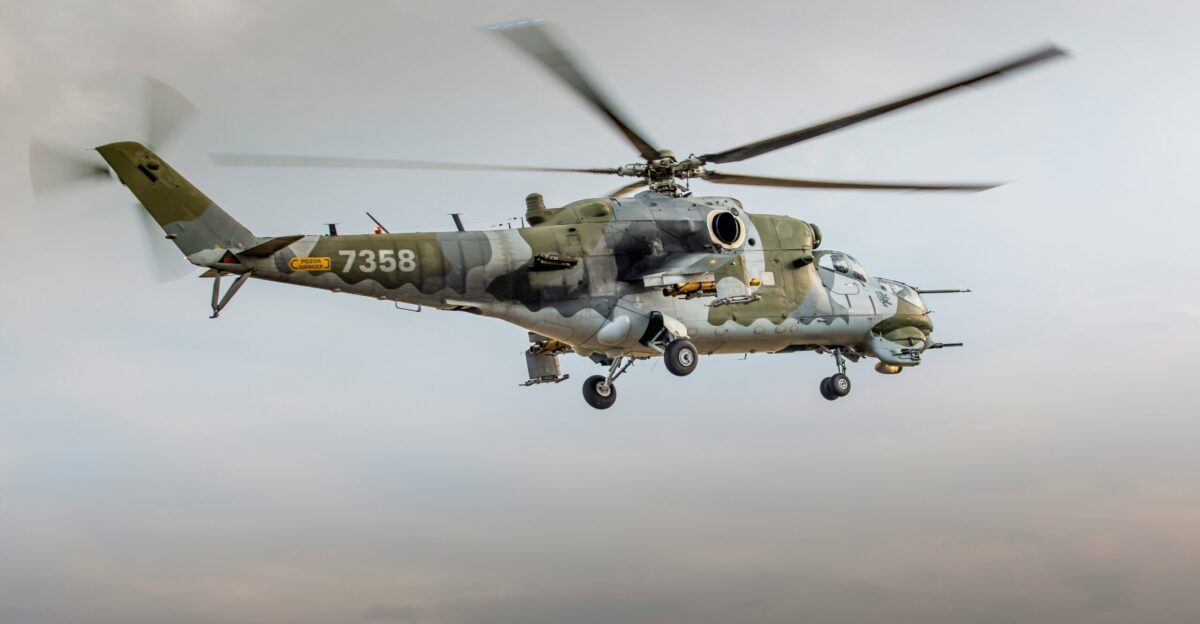
Europe’s defence firms are feeling both the boom and the squeeze. Orders are pouring in, but factories can’t find enough skilled workers. By some estimates, reaching a 3–5% spending threshold could require hundreds of thousands of additional engineers, welders and technicians.
Companies are raising wages and launching training programs: at a Czech missile-engine plant, for example, management offered double-digit pay rises and even started its own vocational school to fill seats.
Political Obstacles
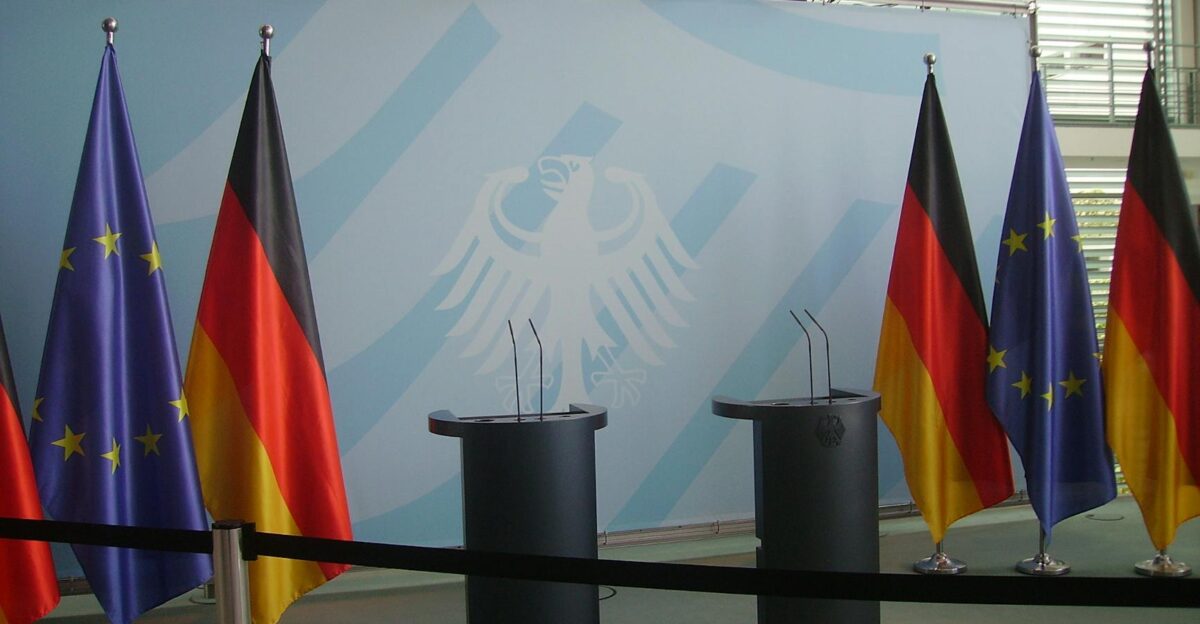
Such spending pledges come with tough political trade-offs. With elections looming, many governments fear voter backlash. Sánchez’s warning shows why: he said meeting 5% for Spain would have forced slashing pensions or hiking taxes. In fact, an EU analysis found the new targets could nudge the bloc’s debt/GDP about 2 points higher by 2028.
Member states have temporary relief – EU fiscal rules were loosened to allow defence increases – but taxpayers will feel the pinch. The calculus is brutal: who will foot the new bills, and what will be cut instead?
Europe’s Moment
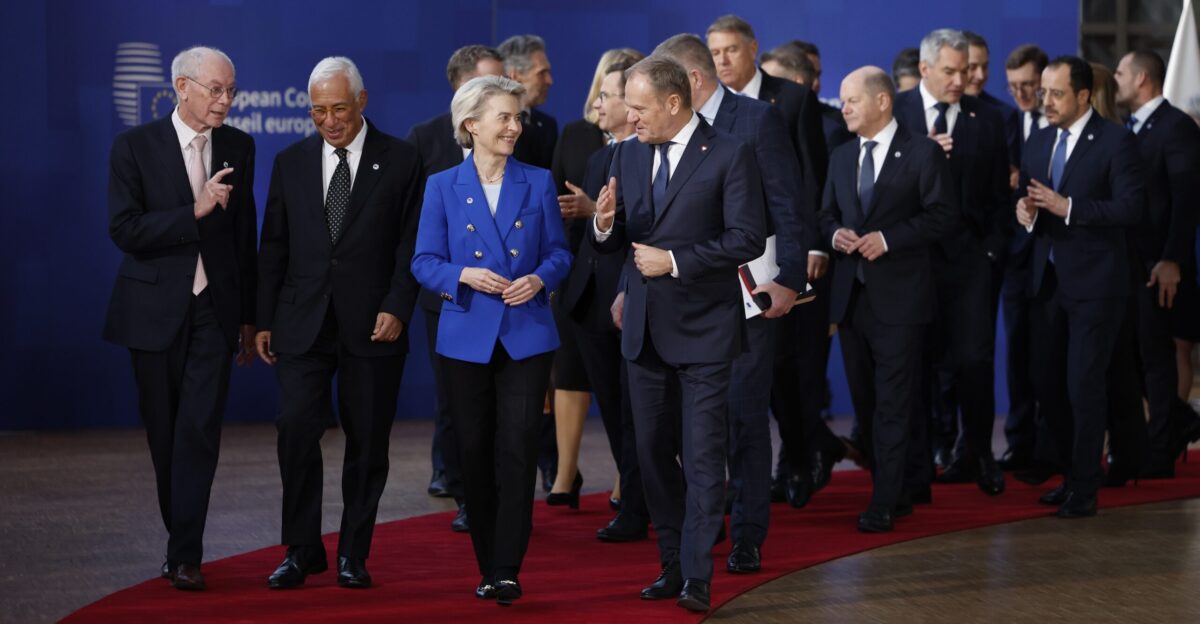
In the end, Europe itself must decide. EU leaders now openly argue the continent must “urgently rearm,” and President von der Leyen warned that after years of underinvestment “, it is of utmost importance to step up defence investment for a prolonged period”. The new fund, higher budgets and joint projects demonstrate a willingness.
Yet the ultimate test will be budgets and votes. After 75 years of American cover, this is a defining moment: can Europe finally bear the cost of its own security, or will its fate remain tied to another power’s decisions?

